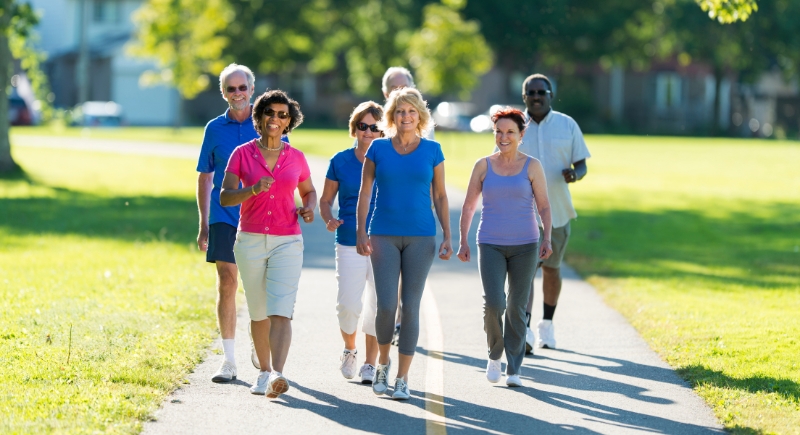The Move That Could Protect You From 13 Types of Cancer
Daily routines are becoming increasingly sedentary, and that change has real health costs. More adults work long hours at desks or spend their time at home sitting, which raises risks for obesity, diabetes, heart problems, and even cancer.
A major study led by researchers at the University of Oxford suggests that walking might counteract part of that danger. By tracking activity levels with wearable devices, they discovered a measurable decline in cancer likelihood.
The connection between daily steps and lowered cancer possibility is now supported with solid data, which makes a simple walk more meaningful than many realize.
How Researchers Connected Steps to Cancer Risk

Image via Pexels/Alex P
The Oxford study tracked over 85,000 adults who wore wrist-based accelerometers for a full week. Participants were then monitored for nearly six years. During that period, over 2,600 individuals developed one of 13 cancers included in the analysis. Clear differences appeared once step counts were compared with health outcomes.
Those who averaged 7,000 steps per day showed an 11 percent lesser probability of cancer. Meanwhile, individuals who reached 9,000 steps saw that likelihood lowered by 16 percent. Beyond 9,000 daily steps, the reductions plateaued.
Interestingly, speed did not carry the same predictive value as overall activity. Faster movement might burn more calories, but the total step count itself determined how risk changed. The findings challenge the long-standing 10,000-step guideline and show that benefits stabilize earlier. These results emphasize consistent movement as the true factor, not pace or style. The study’s scale and objective measurements made the evidence especially convincing compared with past self-reported surveys.
Which Types of Cancer Were Impacted Most
According to the research, strolling every day lowers the risk of 13 different cancers. The list includes bladder, breast, colorectal, endometrial, esophageal, kidney, liver, lung, stomach, and rectal cancers, as well as leukemia, myeloma, and head and neck cancers.
Certain cancers tend to show stronger associations with movement than others. For example, gastric, bladder, liver, endometrial, lung, and head and neck cancers revealed the most significant reductions in risk.
These results held true across men and women in the survey conducted and did not depend on age, smoking history, or body weight. That consistency adds weight to the idea that movement itself plays an independent role. The common thread is that many of these cancers are tied to obesity and inactivity.
At the end of the day, walking acts as a countermeasure and influences biological processes that affect disease development. Colon and rectal cancers were among the most frequently diagnosed in men, while breast, endometrial, and lung cancers appeared most often in women during the follow-up period.
How Walking Influences Cancer Risk Mechanisms

Image via Getty Images/FatCamera
Going for a stroll may seem simple, but it sparks several important biological changes that reduce the possibility of cancer. One key effect is hormone regulation. Regular activity lowers estrogen and insulin, both of which are connected to tumor growth when present at high levels. The activity also supports the immune system by making it more effective at recognizing and attacking abnormal cells.
Another pathway is inflammation. Chronic inflammation has long been associated with cancer progression, and movement helps calm that process. Digestion improves as well, which decreases the time potential carcinogens remain in the bowel.
Combined with these effects, walking helps prevent weight gain. After all, obesity is one of the strongest predictors of cancer in the United States, and cutting down on excess weight can dramatically cut chances across multiple cancer types.
Keep in mind that these mechanisms do not operate in isolation. Instead, they reinforce one another to create a protective environment in the body. Small amounts of consistent daily movement can trigger all of these benefits over time.